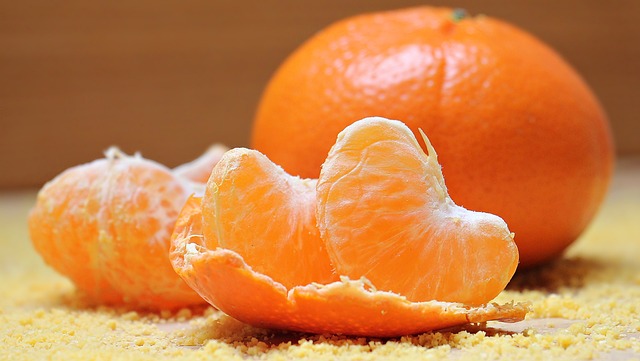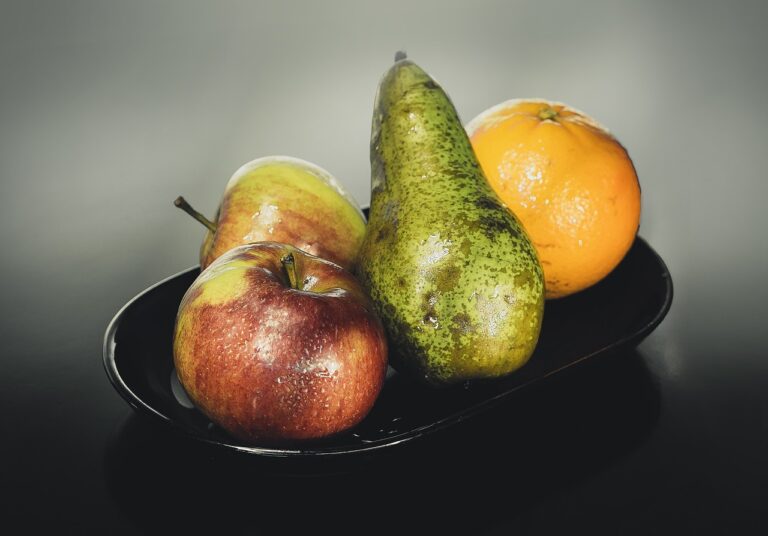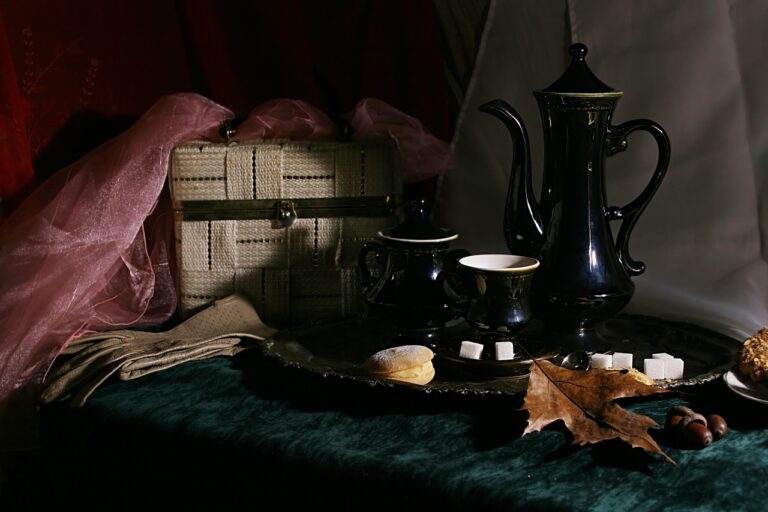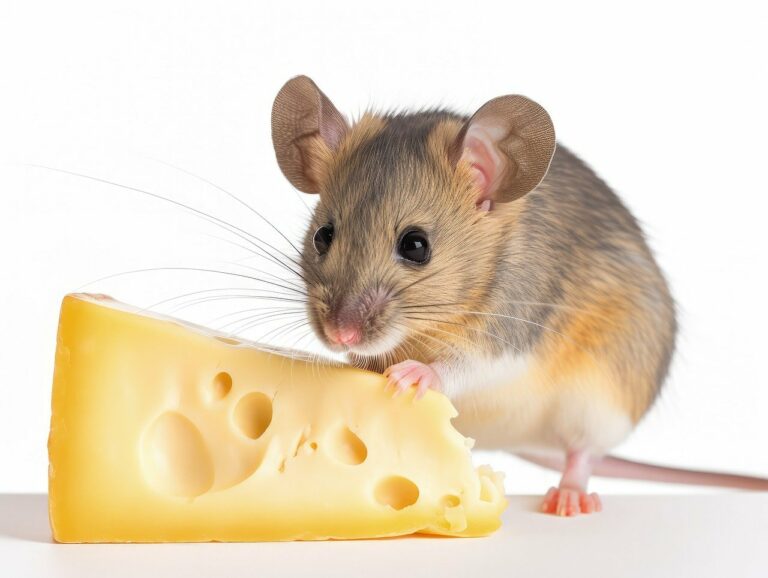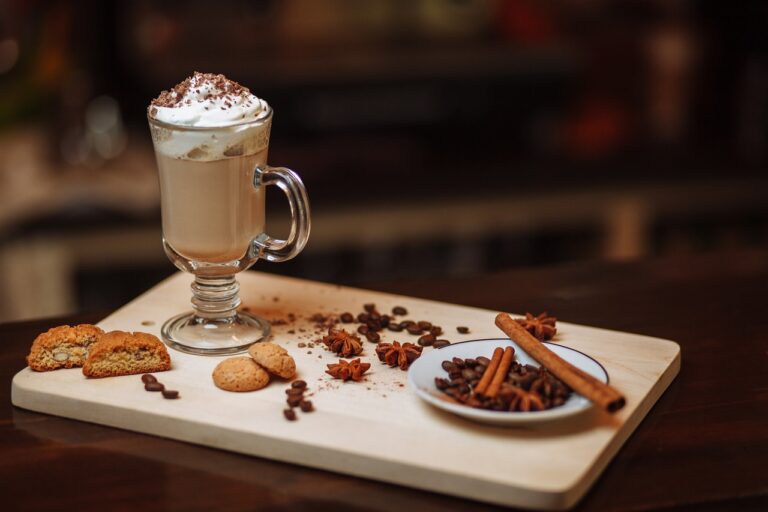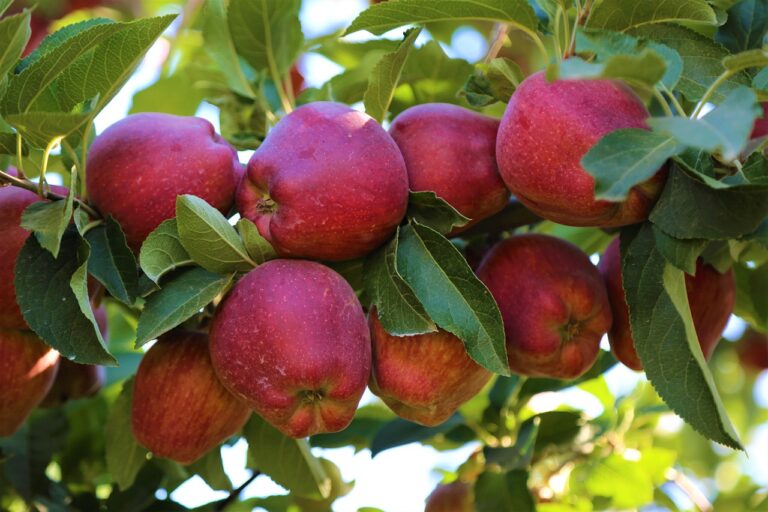The Ultimate Guide to Wine: Types, Tasting, and Pairing Tips
When it comes to wine, there is a vast array of types to choose from. Red wine is typically made from dark grapes and tends to have bolder flavors such as cherry, plum, and tobacco. Some popular red wine varietals include Cabernet Sauvignon, Merlot, and Pinot Noir. On the other hand, white wine is made from white or green grapes and often features lighter, more delicate flavors like citrus, apple, and pear. Chardonnay, Sauvignon Blanc, and Riesling are among the most well-known white wine options.
Beyond red and white wine, there are also rosé wines, which have a pink hue and are made from red grape varieties with limited skin contact during the fermentation process. Rosé wines can exhibit a wide range of flavors depending on the grape varietal used. Additionally, sparkling wines like Champagne and Prosecco are known for their effervescence and are often enjoyed during special occasions or celebrations. Whether you prefer the deep complexity of a red wine, the crispness of a white wine, or the festive bubbles of a sparkling wine, there is a type of wine to suit every palate.
• Red wine is typically made from dark grapes and tends to have bolder flavors such as cherry, plum, and tobacco
• Popular red wine varietals include Cabernet Sauvignon, Merlot, and Pinot Noir
• White wine is made from white or green grapes with lighter, more delicate flavors like citrus, apple, and pear
• Well-known white wine options include Chardonnay, Sauvignon Blanc, and Riesling
• Rosé wines have a pink hue and are made from red grape varieties with limited skin contact during fermentation
• Rosé wines can exhibit a wide range of flavors depending on the grape varietal used
• Sparkling wines like Champagne and Prosecco are known for their effervescence
• Sparkling wines are often enjoyed during special occasions or celebrations
Understanding Wine Tasting Notes
When it comes to deciphering wine tasting notes, it’s essential to pay attention to the various elements that make up the overall experience. Descriptors such as fruity, floral, oaky, or acidic are commonly used to paint a picture of the wine’s characteristics. These notes help wine enthusiasts understand the flavors, aromas, and textures present in a particular bottle, allowing them to appreciate the complexities of the drink.
Moreover, tasting notes can also provide insights into the wine’s origin, production methods, and aging process. By reading these descriptions, wine lovers can gain a deeper understanding of the story behind the wine and the craftsmanship involved in its creation. Whether you’re new to wine tasting or a seasoned connoisseur, paying attention to these notes can enhance your appreciation for the diverse world of wines.
How to Properly Taste Wine
To begin tasting wine, start by looking at its appearance. Hold the glass up against a white background to observe the color and clarity of the wine. Swirl the wine in the glass to release its aromas. Then, bring the glass to your nose and take a few gentle sniffs to identify the different scents present in the wine.
After you’ve examined the wine’s appearance and aroma, it’s time to take a sip. Let the wine linger in your mouth for a few seconds to fully experience its flavors. Note the different taste elements such as fruitiness, acidity, sweetness, and tannins. Pay attention to the wine’s finish, which is the aftertaste that lingers in your mouth after swallowing.
What are some common types of wine?
Some common types of wine include red wine, white wine, rosé, sparkling wine, and dessert wine.
What are wine tasting notes?
Wine tasting notes are descriptions of a wine’s aroma, flavor, and overall characteristics. They can include references to fruits, spices, earthy tones, and more.
How should I properly taste wine?
To properly taste wine, start by looking at the wine’s color and aroma. Then take a small sip and let it linger on your palate, noting the flavors and mouthfeel. Swirl the wine in your mouth before swallowing or spitting it out to fully experience its taste.
Should I pair wine with food?
Yes, pairing wine with food can enhance both the wine and the dish. Consider the flavors and textures of the food when choosing a wine to complement it.

